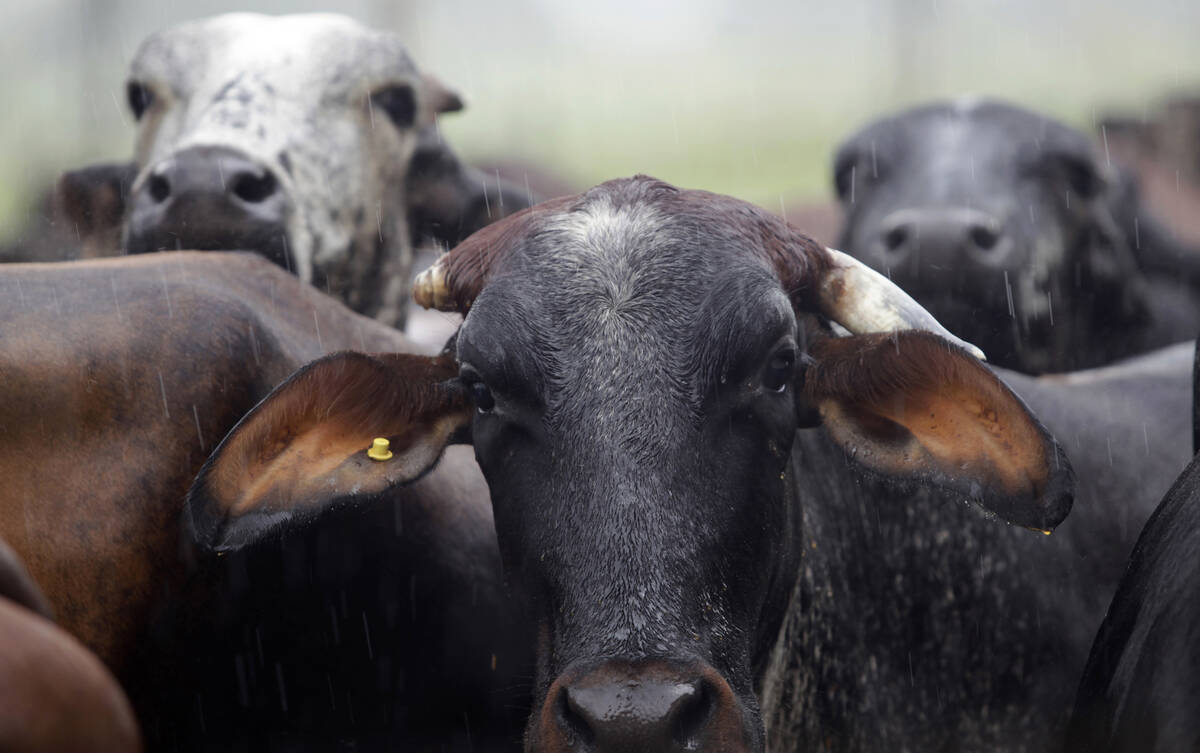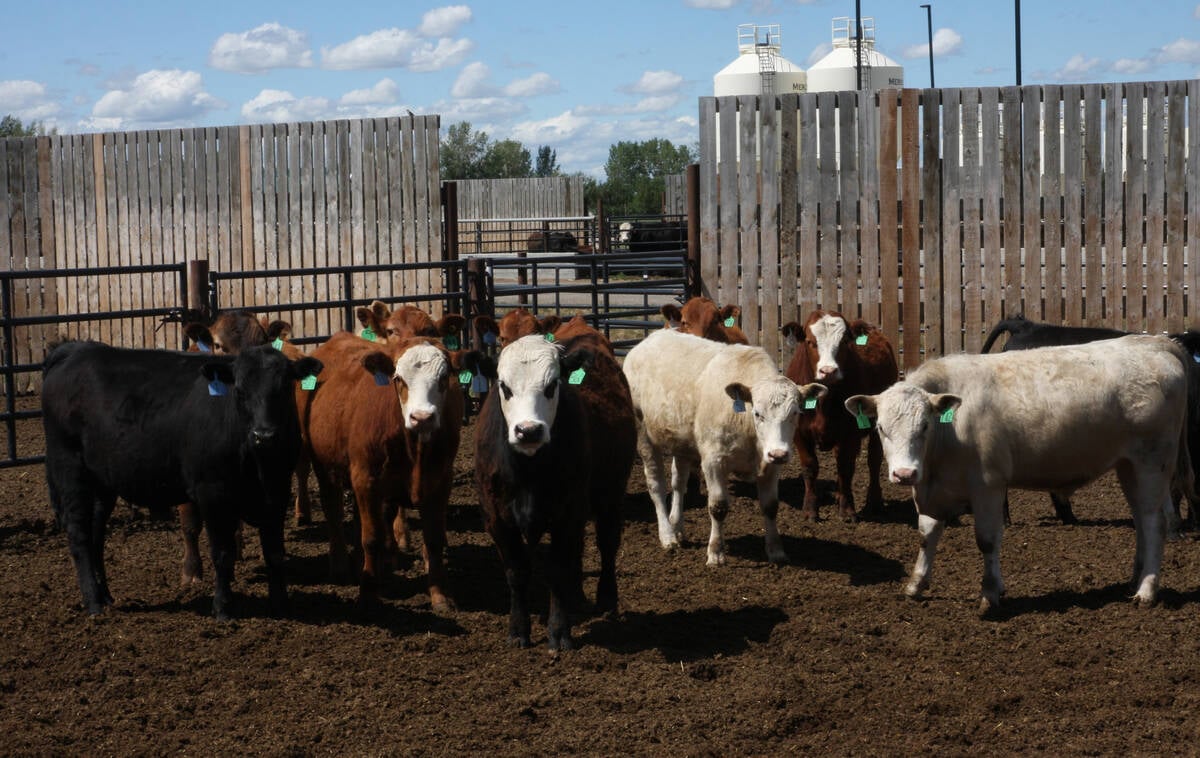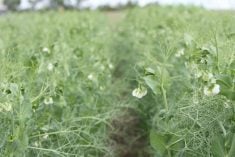REGINA — The tariff threat may have eased for now, but cattle producers on both sides of the border should continue to prepare for what may yet come.
Lance Zimmerman, senior animal protein analyst at RaboResearch, said the situation is fluid.
Follow all our coverage of the tariffs situation here
Read Also

Global meat packer prepares for cattle shortage
Brazilian meat packer JBS is preparing for a likely shift in the country’s cattle cycle that could lead to reduced availability of animals for slaughter next year.
Rumours that U.S. president Donald Trump would grant a reprieve to Canada, as it did for Mexico, were flying before he did so on March 6. The new date for implementation is April 2.
Zimmerman said many producers are likely exhausted from the uncertainty, but it’s too early to know how everything will play out. Negotiations continue, obstacles shift and everyone recognizes the stakes are high, he said earlier this month.
“The most important thing I am communicating to beef producers is that everyone needs to focus on what they can control,” he said, noting there is nothing to gain from worrying about the risks.
“That said, there are things everyone can do to mitigate those risks, and when it comes to tariffs, that means being in constant communication with supply chain partners.”
Zimmerman said this includes equipment companies, genetic suppliers, nutritionists, veterinarians and other farm input companies.
“I’m hearing from both U.S. and Canada clients that cattle producers, feed yards and processors are all exhibiting a relatively co-operative spirit today in working through this issue,” he said March 5.
“There are port slowdowns with a variety of goods right now as these tariffs were largely sprung on everyone.”
He also said the trade war illustrates just how global the beef supply chain has become. It’s unknown how tariffs will be calculated on goods that cross the border several times before they are consumer-ready.
“Carrying a bit more inventory in these areas if the prices are reasonable is always a possibility, too,” Zimmerman suggested.
“Future-proofing operations takes on a bit more importance now.”
He said he had heard that some beef products, and other commodities, were not making it through ports because U.S. buyers were cancelling sales. This would be a short-term issue because sales were based on pre-tariff agreements and then the tariffs were postponed, he said.
However, if and when the tariffs are implemented, both buyers and sellers will have to adjust their prices, he said.
This includes forward contracts that offer renegotiation terms based on trade restrictions.
“Patience is necessary, communication is imperative and flexibility will be rewarded,” he said.
At the Alberta Beef Industry Conference, Zimmerman said market volatility will continue.
A 10 per cent move in today’s market is worth about US$300 per head, he said, compared to between $60 and $80 20 years ago.
He also told producers to lean on their networks.
“If you are on the feed yard side and you’re buying feeder cattle and calves out of the U.S. and bringing them up here, have discussions with your partners you’re buying from,” said Zimmerman.
Things could change at any time, he added.
The National Cattlemen’s Beef Association declined to comment on the situation. However, it has been reported in U.S. media the NCBA said tariffs are an important tool that can be effective.
The organization said it hopes the scope and duration of any tariffs are limited and that the president focuses on removing trade barriers and supporting U.S. beef exports.
On March 7, the Canadian federal and provincial agriculture ministers met to discuss the impacts and potential responses to tariffs. They reaffirmed the Team Canada approach and discussed trade diversification to other markets and how to boost internal trade options.
That same day, the federal government announced it would set the interest-free limit under the Advance Payment Program at $250,000 for 2025. That is expected to save 13,000 producers up to $65 million.
- –With files from Greg Price.
Contact karen.briere@producer.com
















